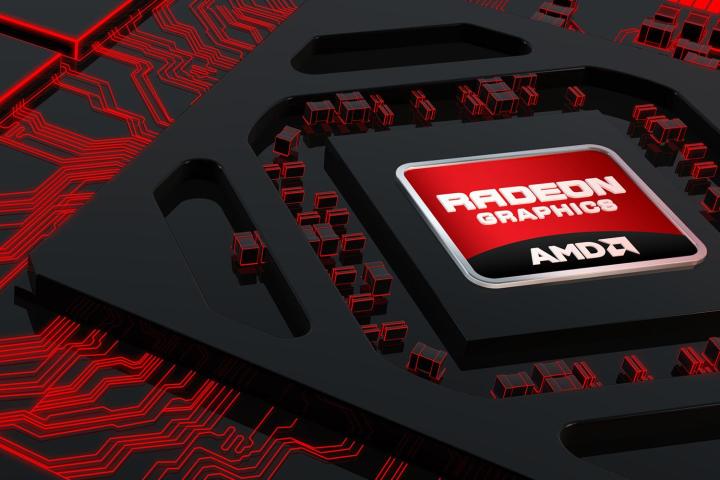
Displays have come a long way, but even in 2015 most of them can’t show you the entire range of color view-able by the human eye. HDR is a technology that seeks to solve this, making it possible for displays to better contrast light and dark colors in a way that’s hard to describe but stunning to see. Some say the impact of this tech is more stunning than 4K displays.
A wide range of TVs already offer HDR, and gaming monitors are expected to offer the same feature set in 2016. AMD announced today that its cards will support the technology.
“Existing Radeon R9 300 Series GPUs will be compatible with HDR displays in 2016 for gaming, while our 2016 GPUs will extend support to both gaming and movies,” says an AMD press release, which adds that it’s working with games publishers to encourage them to offer HDR support.
AMD also announced that its FreeSync standard will work over HDMI starting in 2016. Like Nvidia’s G-Sync, FreeSync is an effort to keep the framerate of a computer and monitor in sync. This prevents screen tearing, a distracting visual artifact that happens when the graphics card outputs frames at a rate different than the monitor. Basically, the monitor adjusts its refresh rate to stay in sync with your game.
Unlike G-Sync, display manufacturers are free to support FreeSync without paying for custom AMD hardware. The idea is to make the technology widely supported. 40 displays are on the market with FreeSync support right now, which AMD claims is twice as many as support G-Sync.
FreeSync was first implemented over the DisplayPort connection, but now the same technology can be used over an HDMI connection. AMD hopes this leads to wider adoption, particularly when it comes to affordable displays (which tend to offer fewer ports).
AMD also announced that the upcoming Lenovo Y700 will be the first laptop to use FreeSync internally, meaning the standard is spreading to portable computing. A small number of laptops, like the Asus G752, already support Nvidia’s G-Sync.
These enhancements will be rolled out as driver updates in 2016. The specific release dates have not been revealed as yet.



